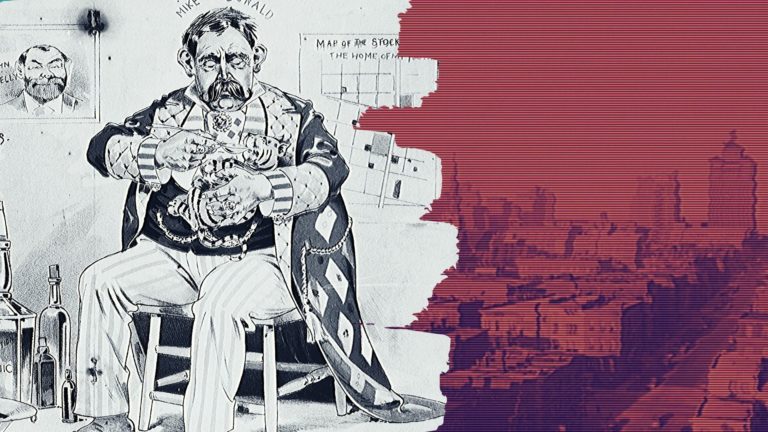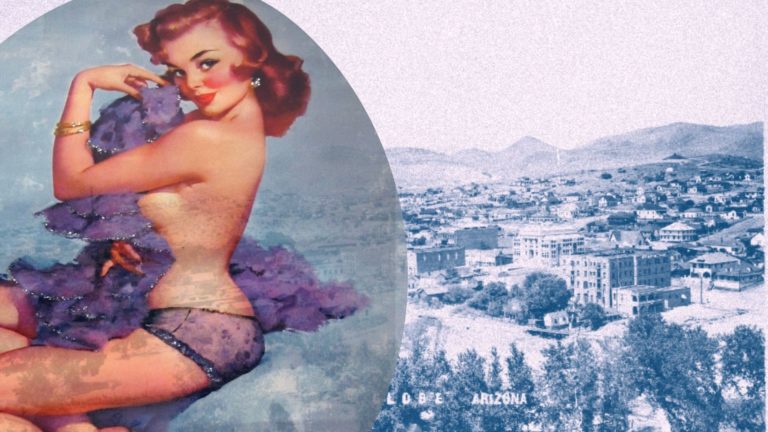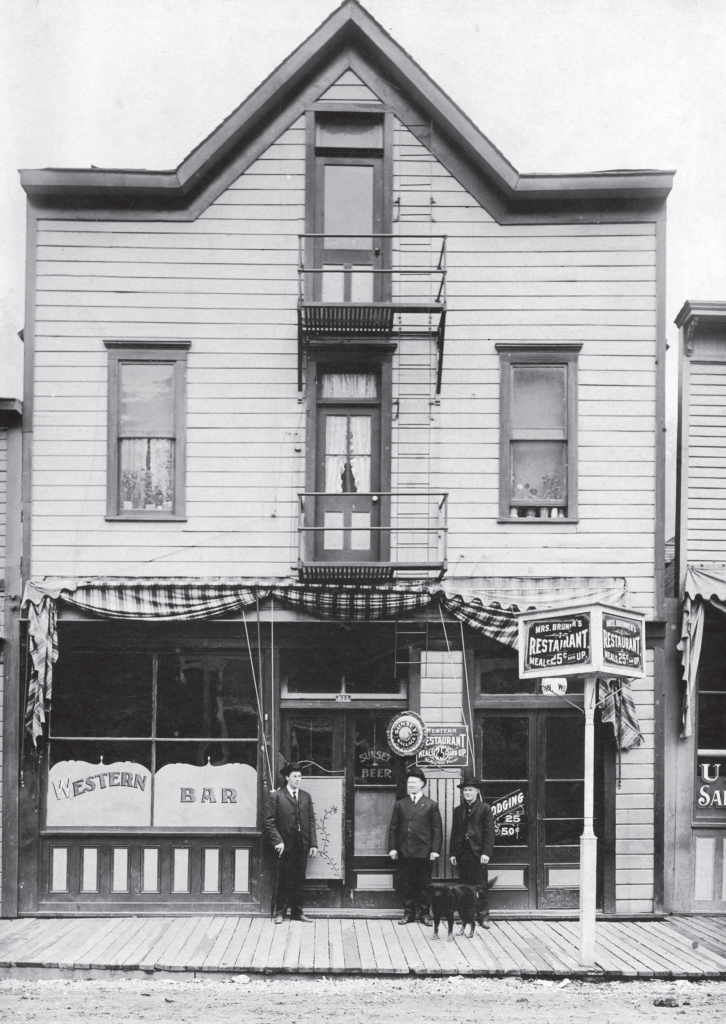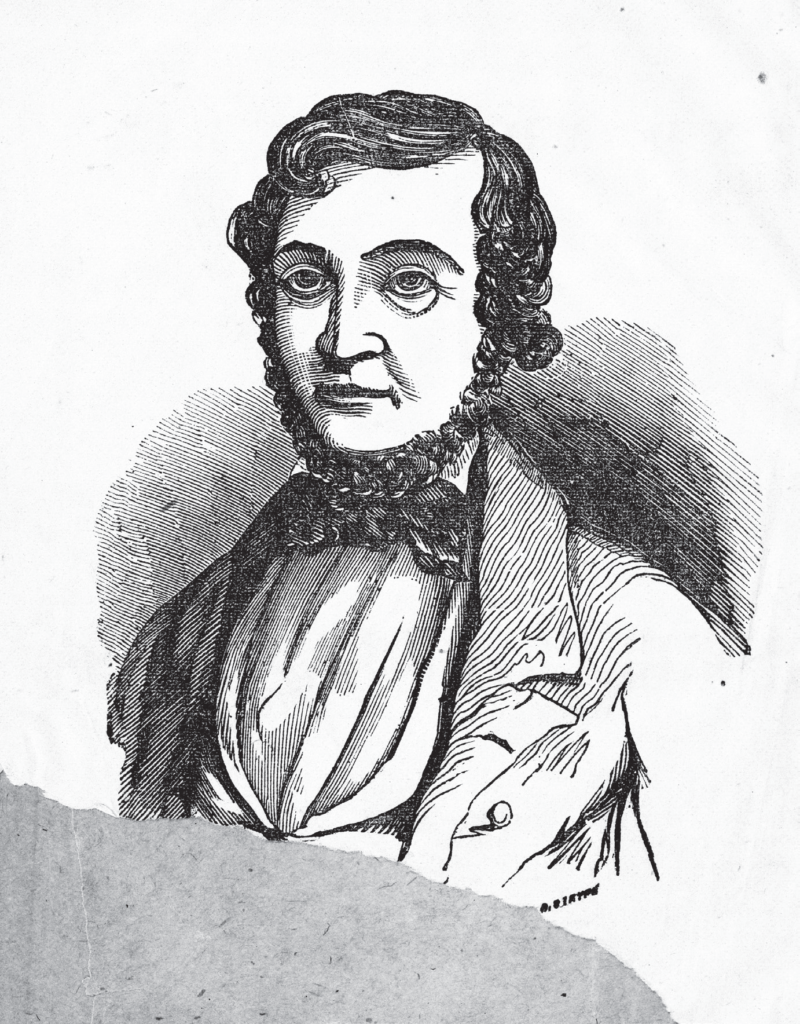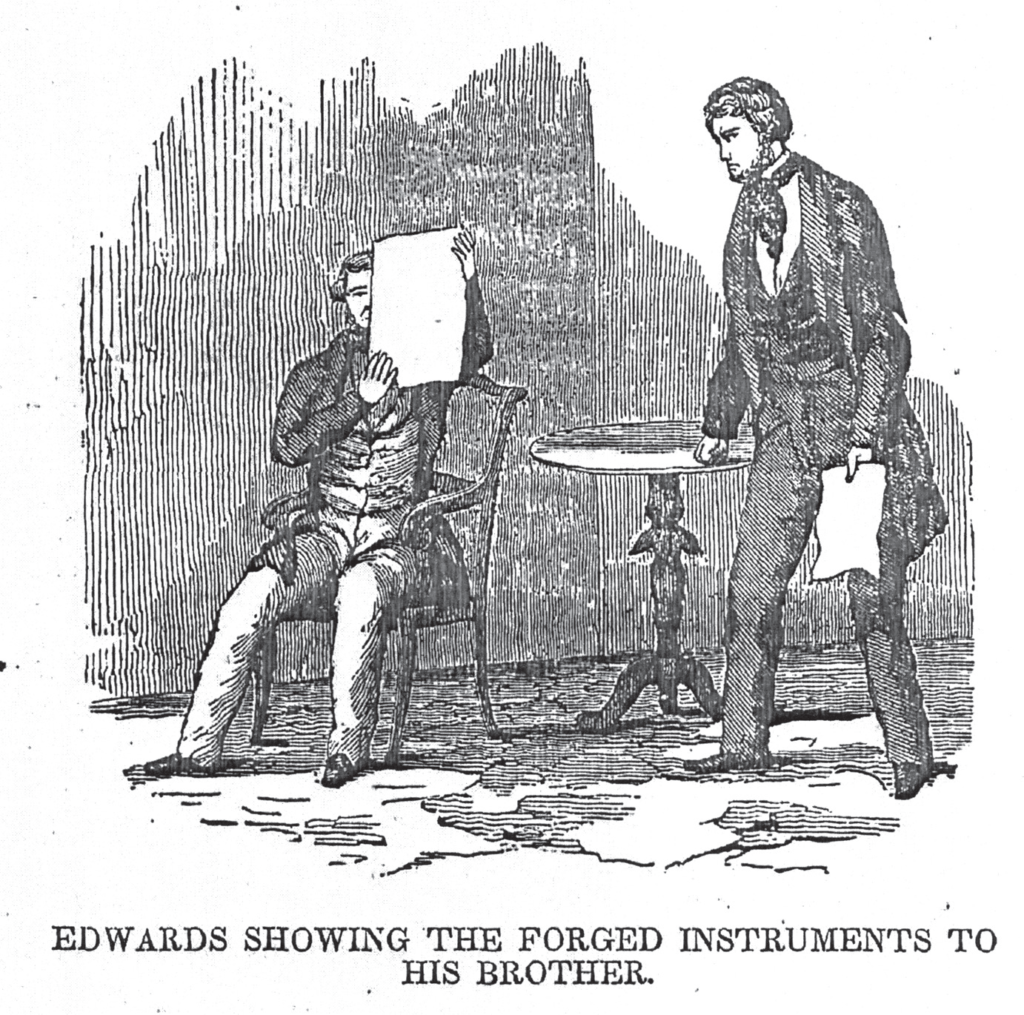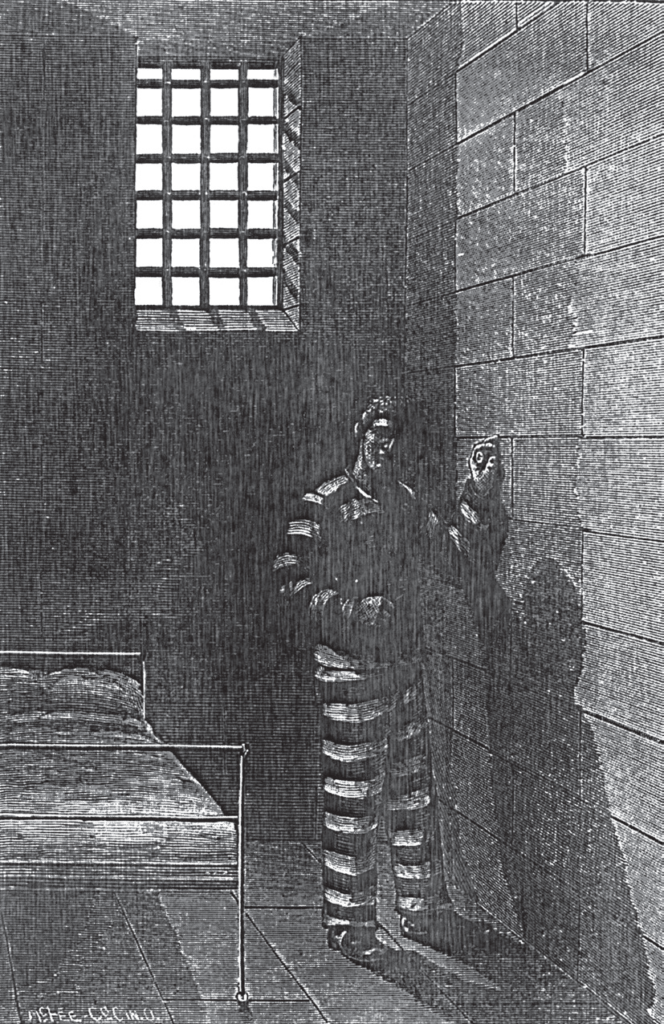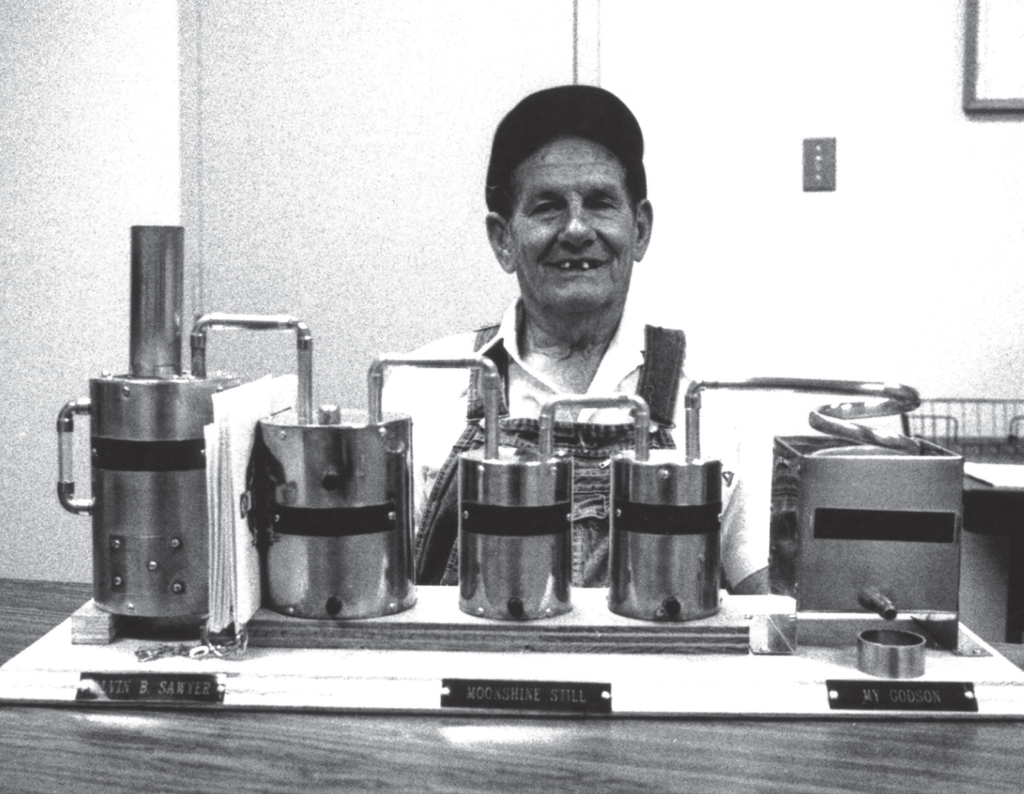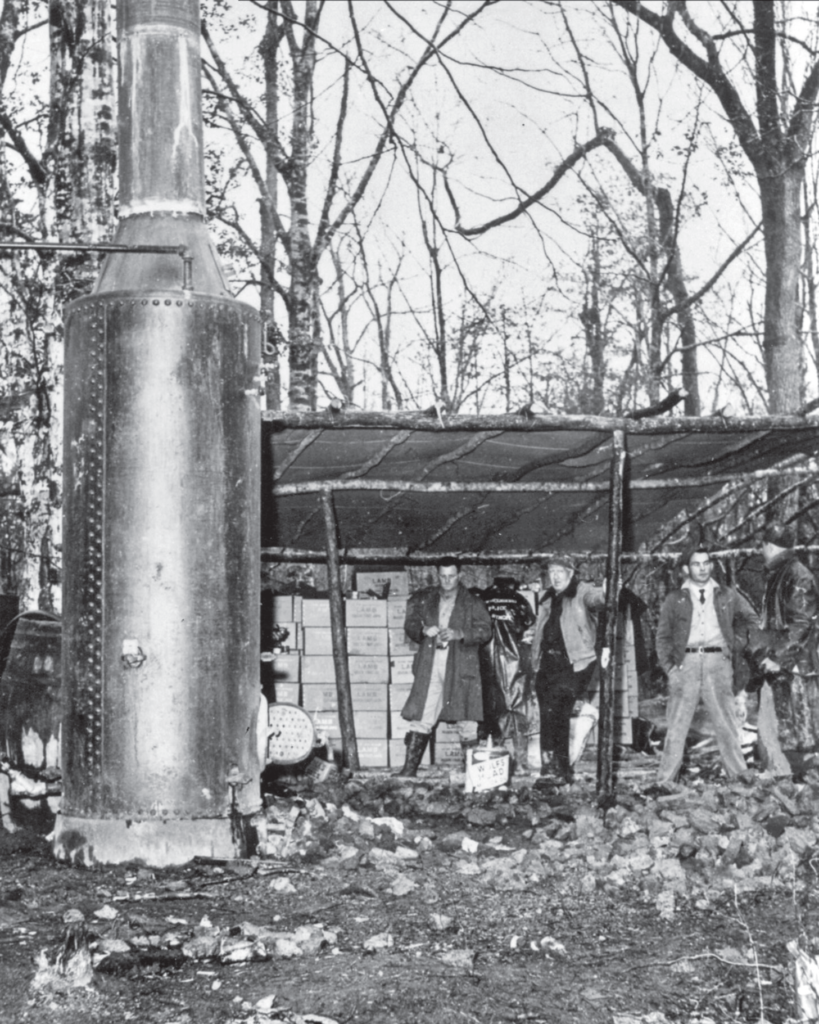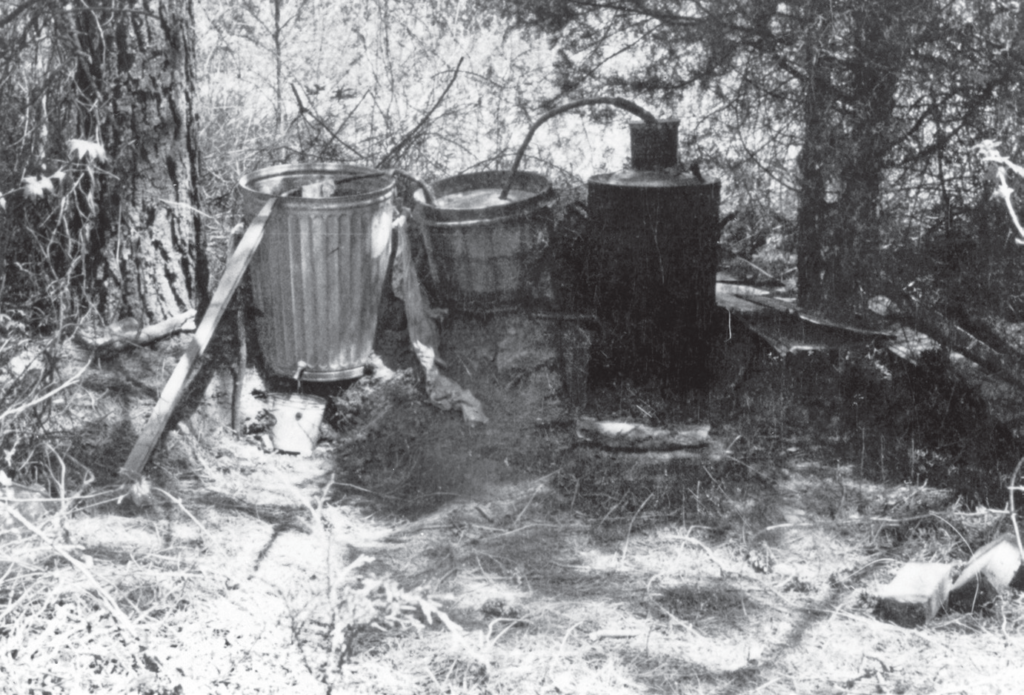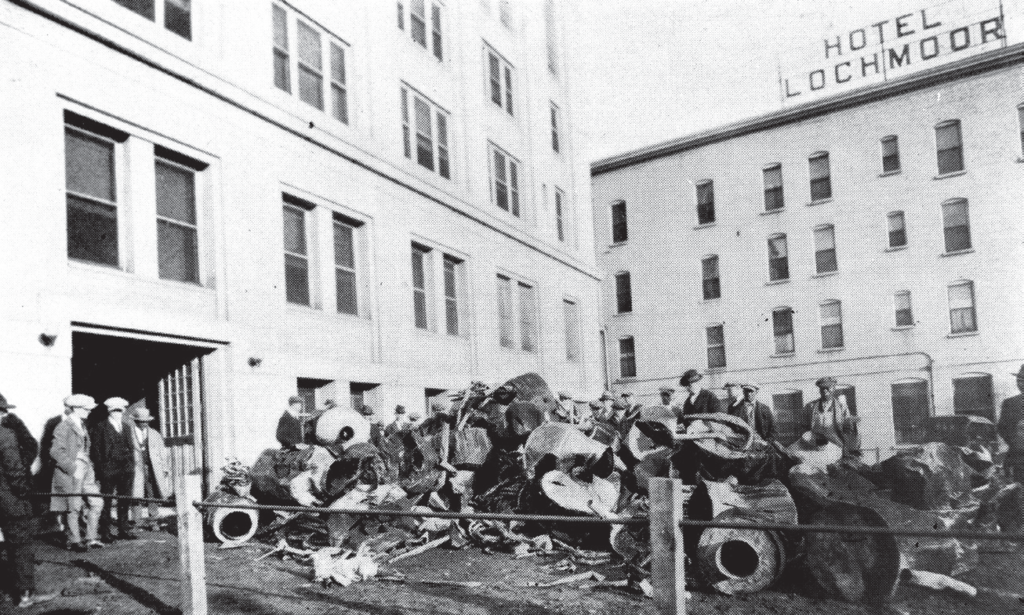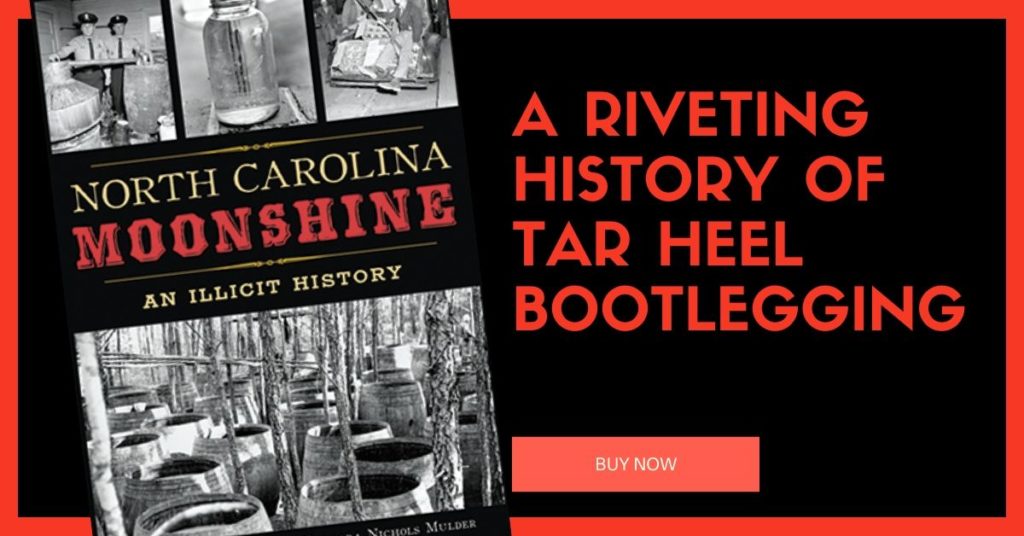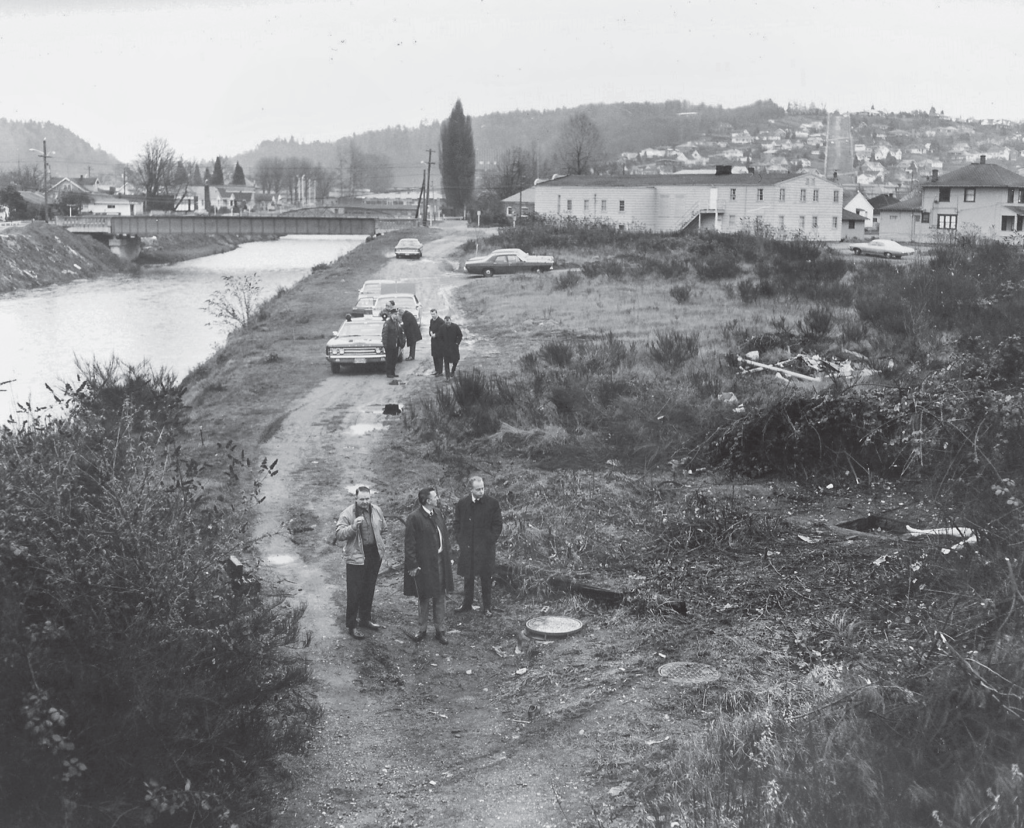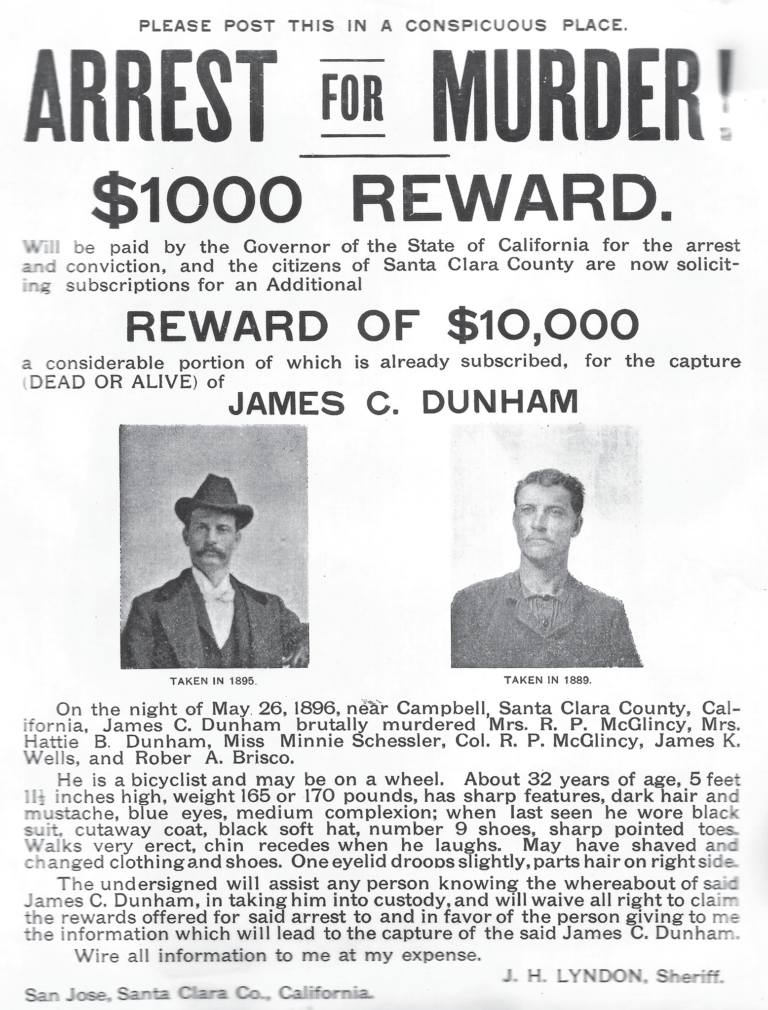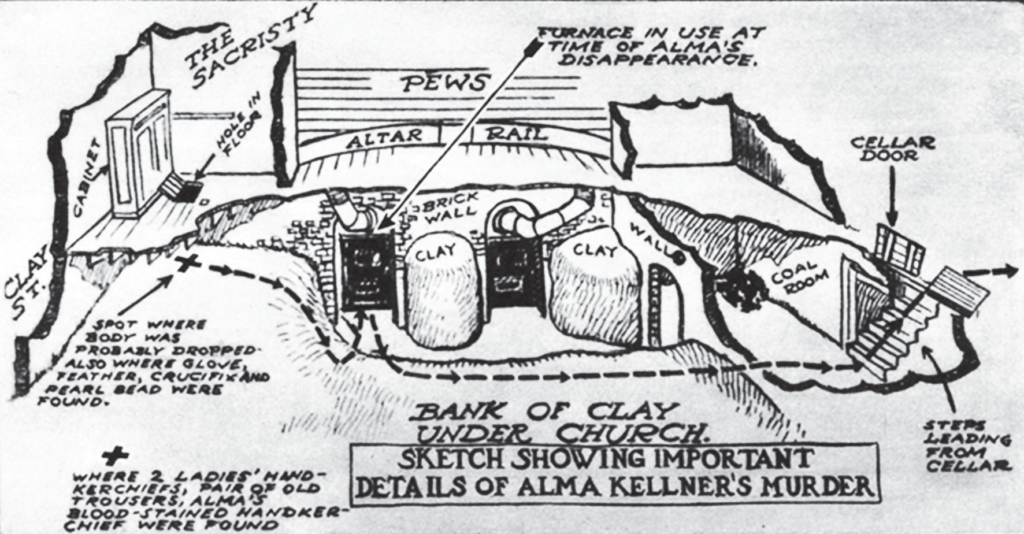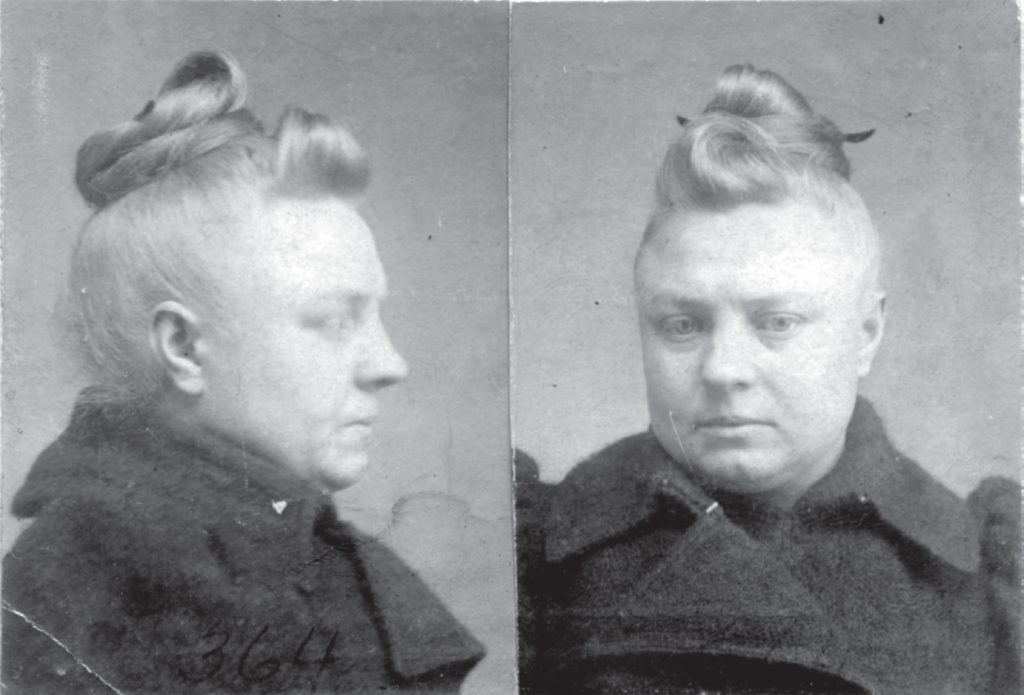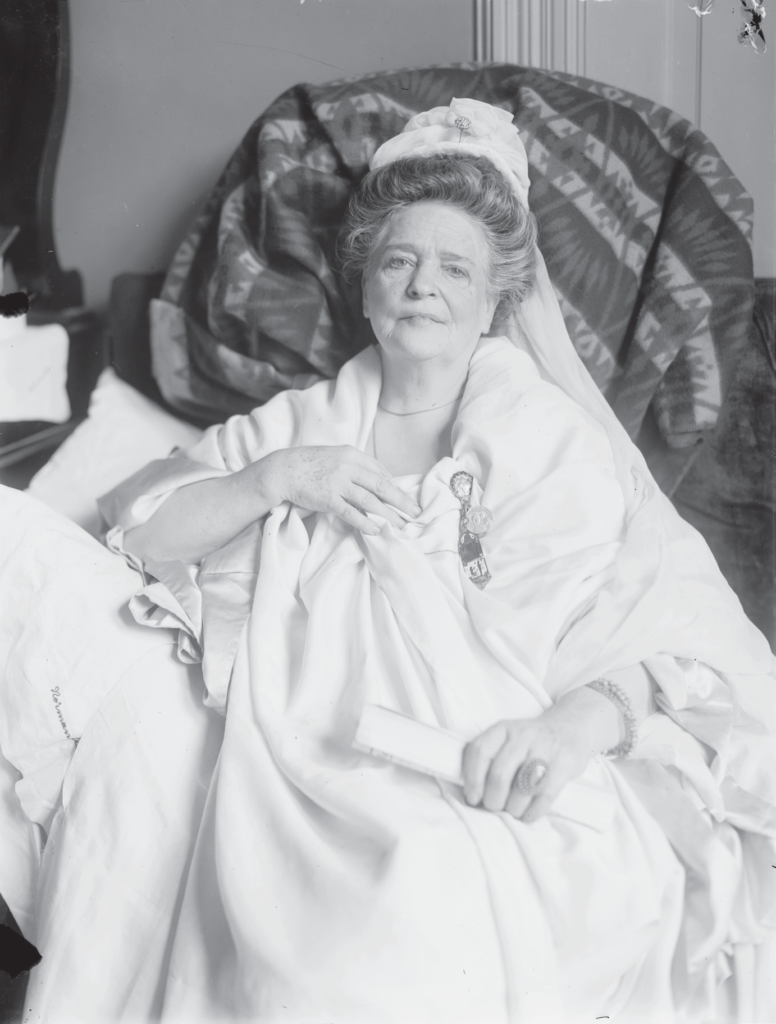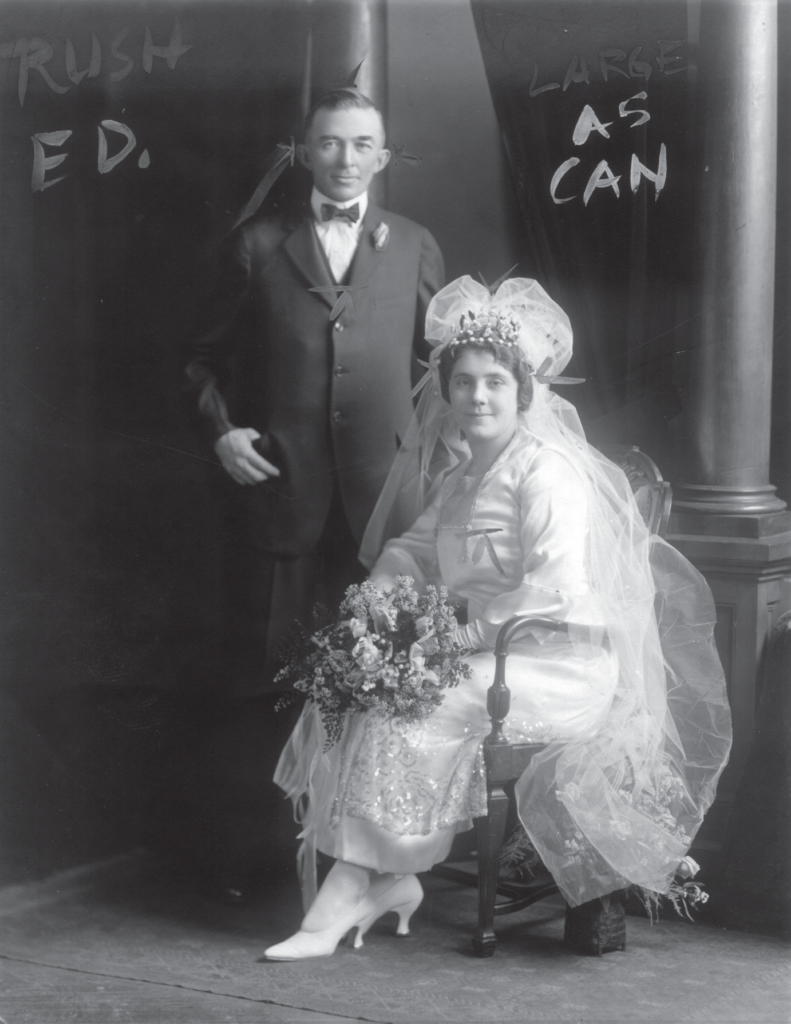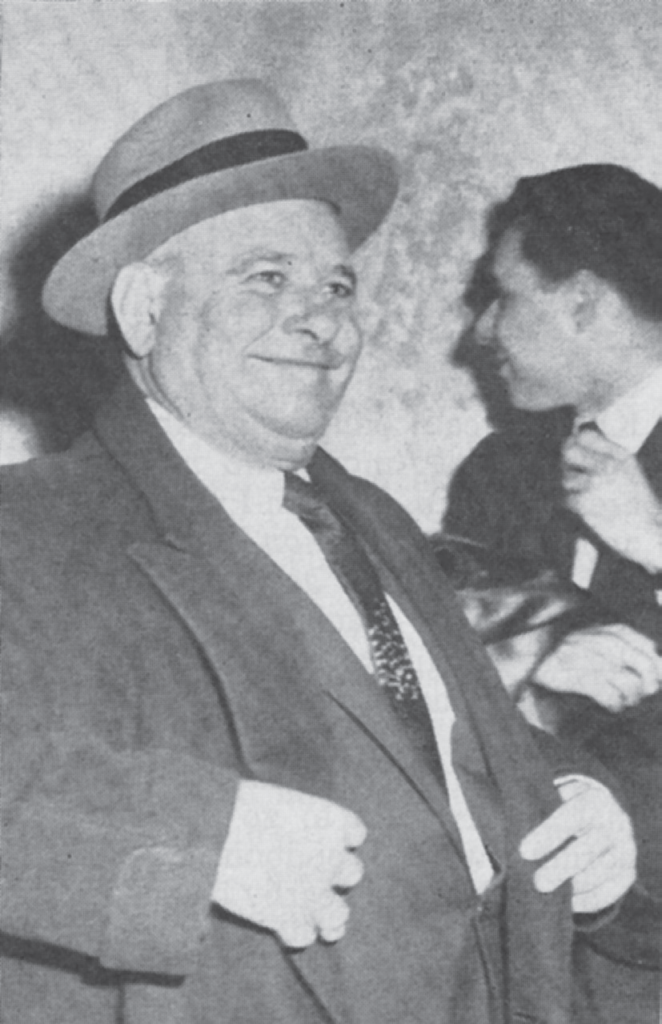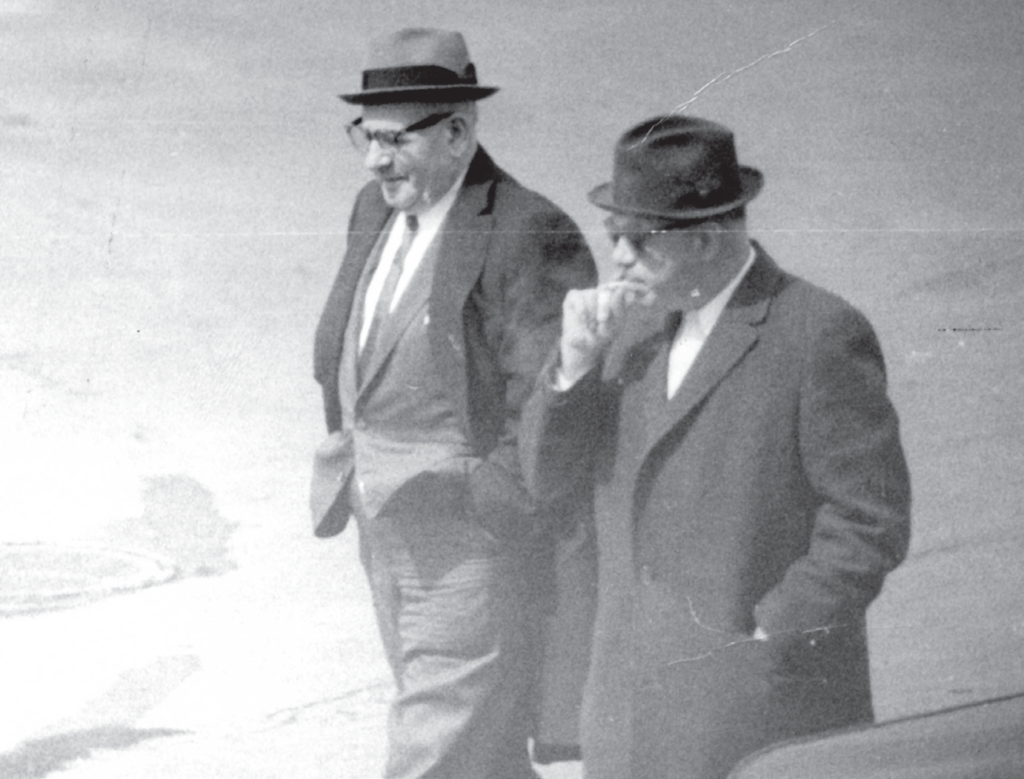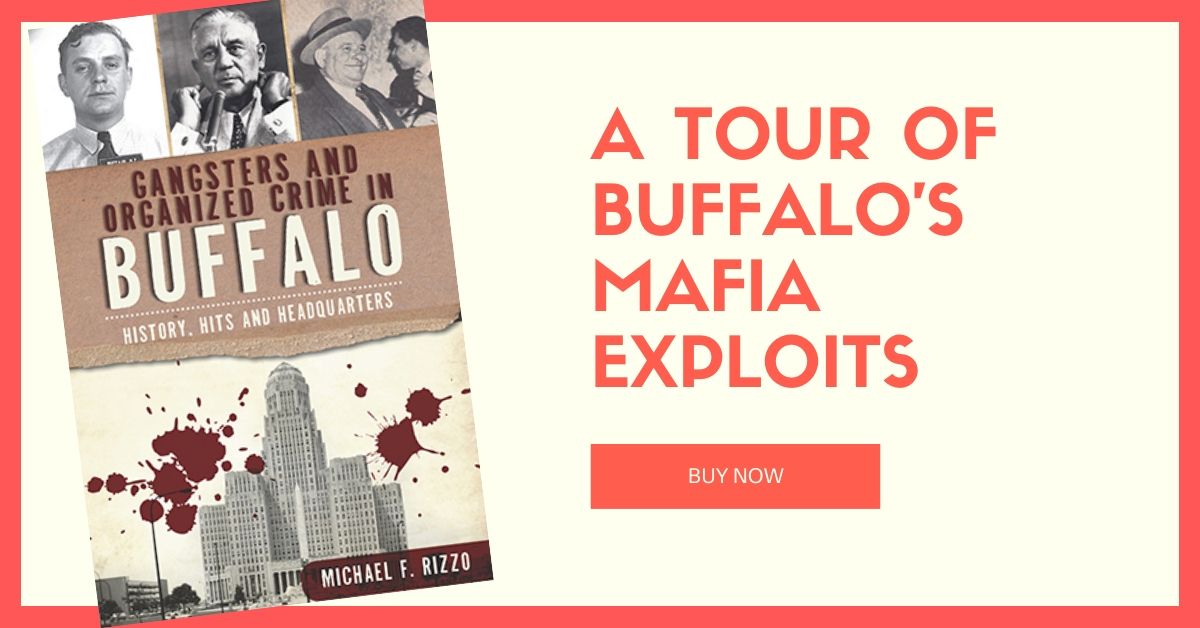Every great gangster has an origin story. In the age of classic mobsters, tales of the rascally kid from the Bronx or the self-made thief from the Boardwalk give us a hero we can all root for, someone whose rags-to-riches story we simply have to follow.
But what about the runaway Irish kid from Niagara? You ever heard about that one?
While most folks know Chicago for a certain Capone capo, perhaps less known in the annals of organized crime is one Michael Cassius McDonald, a plucky youngster who fled a restrictive childhood in upstate New York and hopped the first train he could to the Windy City.
“Mike,” as author Kelly Pucci details in Chicago’s First Crime King: Michael Cassius McDonald, would end up one of Chicago’s more infamous citizens, for good reasons and bad. Crime boss though he was, political fixer and gambling hall king extraordinaire, he was also an advocate for major public works, such as the Lake Street El that connected two ends of the Loop. In fact, Pucci writes, so shrewd was Mike that he bribed city alderman thousands of dollars to buy their votes—ensuring, naturally, that one of the train stops was near one of his illegal racetracks on the West Side.
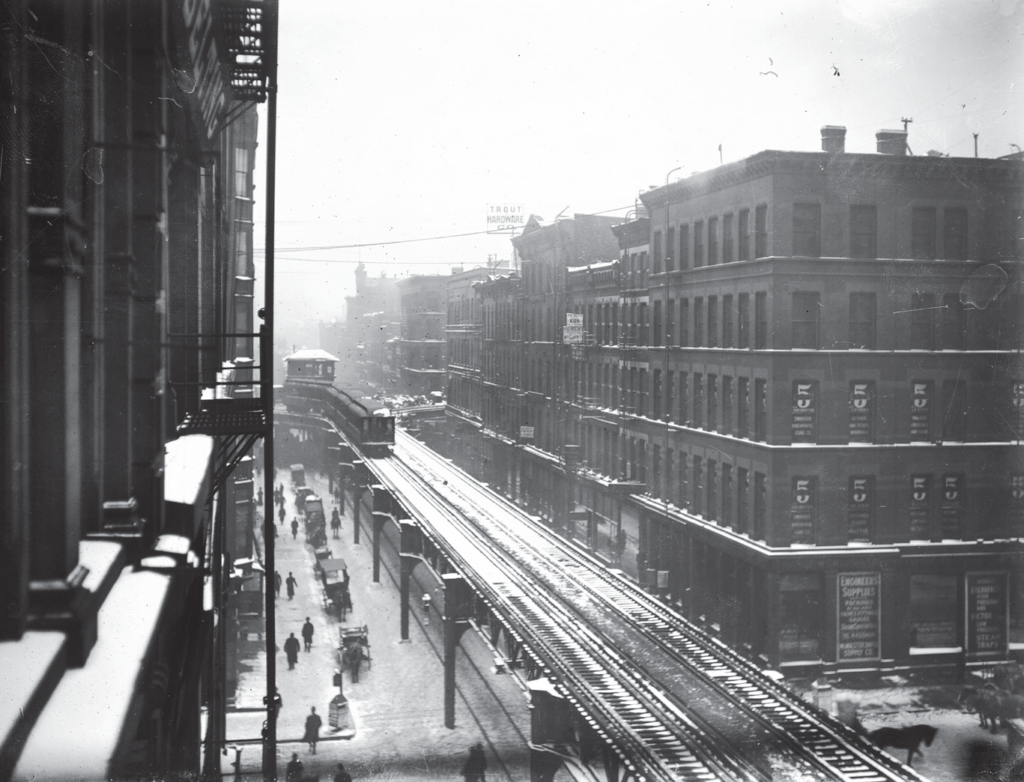
Love him, hate him, you gotta admire him. But such talent for scheming came early in life, as the runaway kid was for many years in the mid-1800s on his own. Forced to survive by his wits, he invited the “prize package scam” as a young boy, wherein he would stuff dollar bills of varying denominations into boxes of soap, then sell tickets to gullible marks to try to pick the largest one. Unbeknownst to the gumps, Mike would have an accomplice pick out the most lucrative prize to show it existed, then return it to him later once he had collected all the cash from the other attempts.
Later, during the Civil War, he engaged in a lucrative position as a “bounty broker”: when the Union government and the city of Chicago offered signing bonuses to men who enlisted, McDonald quickly devised a plan to round up area drunks and lunatics. Were they able to serve? Come now. They were hardly able to sign the papers—but that didn’t stop wily Mike. Not only would he pocket part of the signing bonus as his ‘fee’, but he and his cronies would often find the same men again and again, milking the federal cow for all it was worth.

“There’s a sucker born every minute,” PT Barnum is often quoted as saying. But according to Pucci, Mike McDonald actually coined the phrase. Need more proof? Take a look at his system for election rigging, using a similar system to that which we’ve explored before over in Pittsburgh. Pucci:
“On election day 1873, McDonald set up in his gambling parlor a one-stop naturalization/voter registration/polling place where men received their newly minted citizenship papers and instructions on how to vote for Mike’s candidates. If they were hungry, Mike supplied a meal and a beer. Feeling lucky? Mike gave the voters chips to redeem at the gaming tables in the back of the saloon, where games were rigged in favor of the house. Have a little extra time on voting day? Cast another ballot at Mike’s place and get more chips or hitch a complimentary ride on a beer wagon to any of the other hundreds of saloons owned by members of McDonald’s syndicate.”
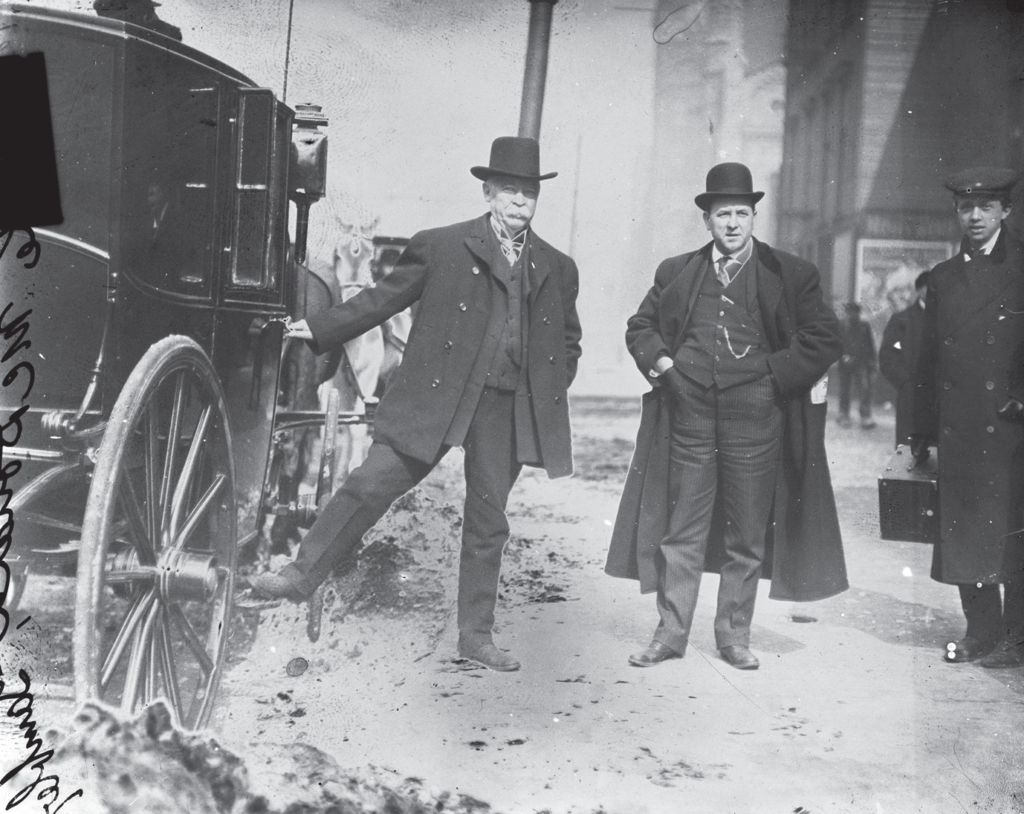
For fans of Chicago history, or admirers of misfits and miscreants, or even just for folks who love a good old-fashioned scam, you can read about all these and more in Pucci’s book. And we didn’t even tell you about his messy marriages, his other war profiteering, or what boyhood Mike did with candy boxes—oh, my stars. Kids, right? You know what they say—gotta start ‘em early!



